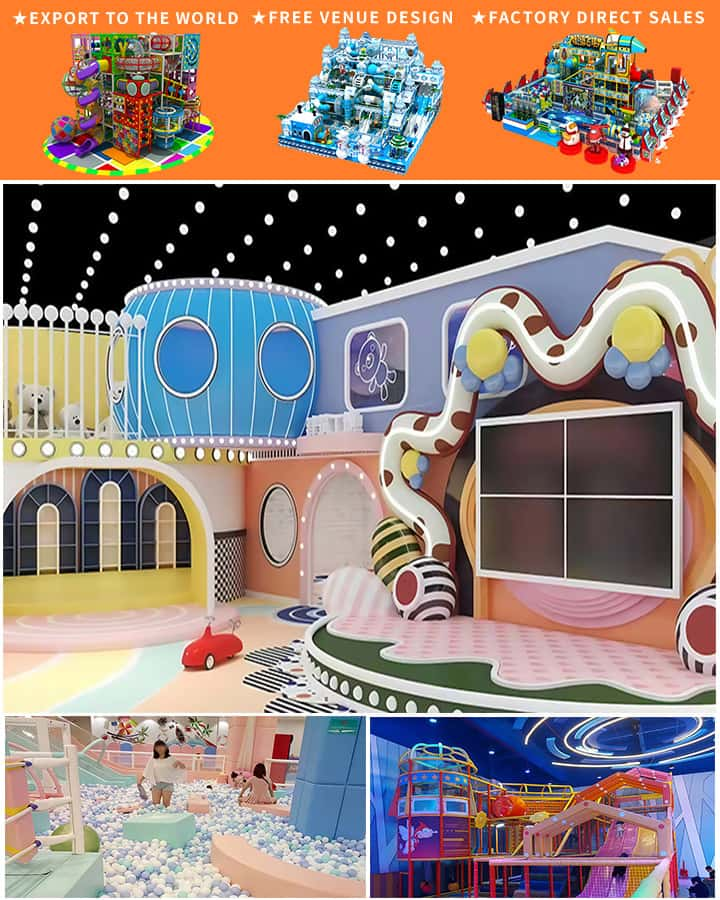When it comes to providing children with a fun, safe, and stimulating environment, indoor playground equipment stands out as an excellent choice. These play areas are not only designed to keep kids entertained but also offer numerous developmental benefits that can enhance their physical, cognitive, and social skills. Here’s a comprehensive guide to understanding the various aspects of kids’ indoor playground equipment and its importance.
1. Types of Indoor Playground Equipment
Indoor playgrounds come in various forms, each catering to different age groups and interests. Some popular types include:
- Trampolines: Perfect for burning energy, trampolines improve coordination and balance while giving kids a great cardiovascular workout.
- Slides: A classic favorite, slides come in various shapes and sizes and are great for developing motor skills.
- Climbing Walls: These encourage physical activity and can help build strength and problem-solving skills.
- Ball Pools: Filled with colorful balls, ball pools are ideal for sensory stimulation and imaginative play.
- Interactive Games: Video games and interactive installations can provide both entertainment and educational content, combining physical activity with mental challenges.
2. Safety First

Safety is paramount when it comes to indoor playground equipment. High-quality materials, proper supervision, and regular maintenance are crucial. Ensure the equipment is appropriate for the child’s age and development level to minimize the risk of injury. Padded floors, soft edges, and safety nets are additional features that enhance safety.
3. Developmental Benefits
Kids indoor playground equipment offers more than just fun; it also contributes to children’s developmental growth in several ways:
- Physical Development: Climbing, sliding, and jumping activities promote muscle strength, coordination, and overall fitness.
- Cognitive Skills: Interactive games and puzzles stimulate critical thinking, problem-solving, and decision-making abilities.
- Social Interaction: Shared play environments teach children how to interact with peers, work in teams, and develop communication skills.
- Emotional Growth: Navigating through different activities helps kids build confidence, resilience, and emotional regulation.
4. Designing an Indoor Playground
When designing or setting up an indoor playground, consider the following tips:
- Diversity: Offer a variety of equipment to cater to different interests and age groups.
- Space Management: Ensure there is enough space for free movement to prevent overcrowding and accidents.
- Aesthetic Appeal: Use bright colors and fun themes to create an inviting atmosphere.
- Accessibility: Design the playground to be inclusive, considering children with disabilities by incorporating wheelchair-friendly equipment.
5. Maintenance and Hygiene
Regular maintenance is key to ensuring the longevity and safety of indoor playground equipment. Clean the equipment regularly, check for wear and tear, and make necessary repairs promptly. Hygiene protocols are especially important in shared spaces to prevent the spread of germs and ensure a healthy environment.
Conclusion
Kids indoor playground equipment provides endless opportunities for fun and learning. By carefully selecting and maintaining the right equipment, you can create a safe, engaging, and developmentally enriching environment that children will love. Whether you’re a parent, educator, or business owner, investing in high-quality indoor playground equipment is a decision that promises numerous benefits for kids of all ages




